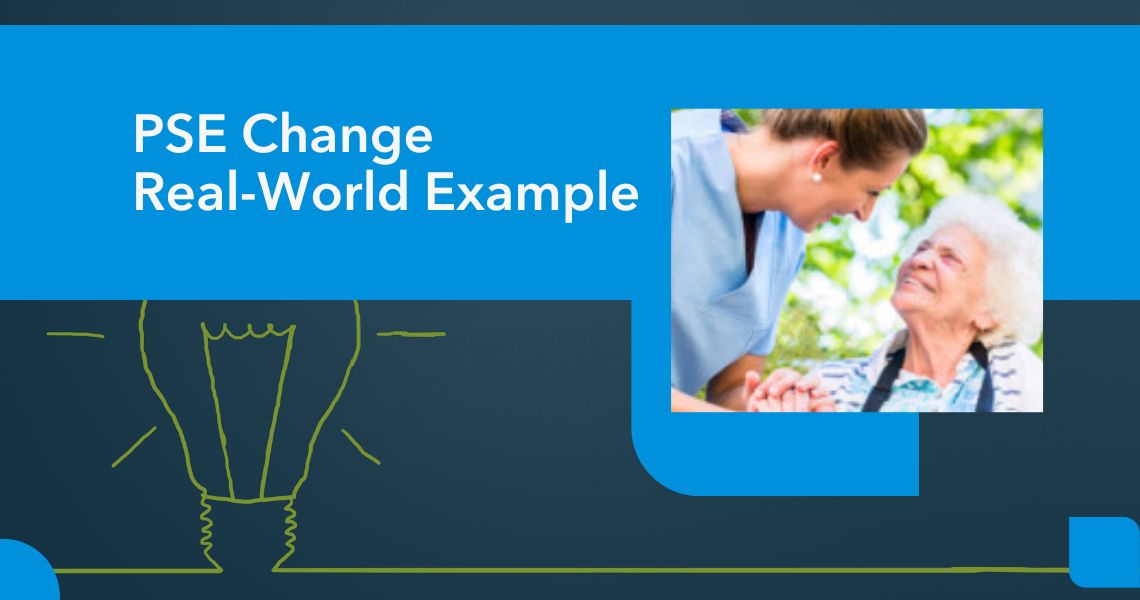Problem: While a number of agencies across Florida (community health centers, research institutions, rural and urban community-based organizations) employ Community Health Workers (CHWs), there had not been a focused, statewide, multi-agency effort to promote the valuable work of CHWs.
PSE Change Solution: The Florida Department of Health engaged community and health service organizations statewide in a collaborative effort to promote the work of CHWs. A task force created to explore relevant research became the Florida Community Health Worker Coalition. One result of these efforts was the creation of a statewide CHW certification program.
Resources to Support Similar Evidence-Based Initiatives
What Works for Health: Community Health Workers
The Community Guide: Community Health Workers

